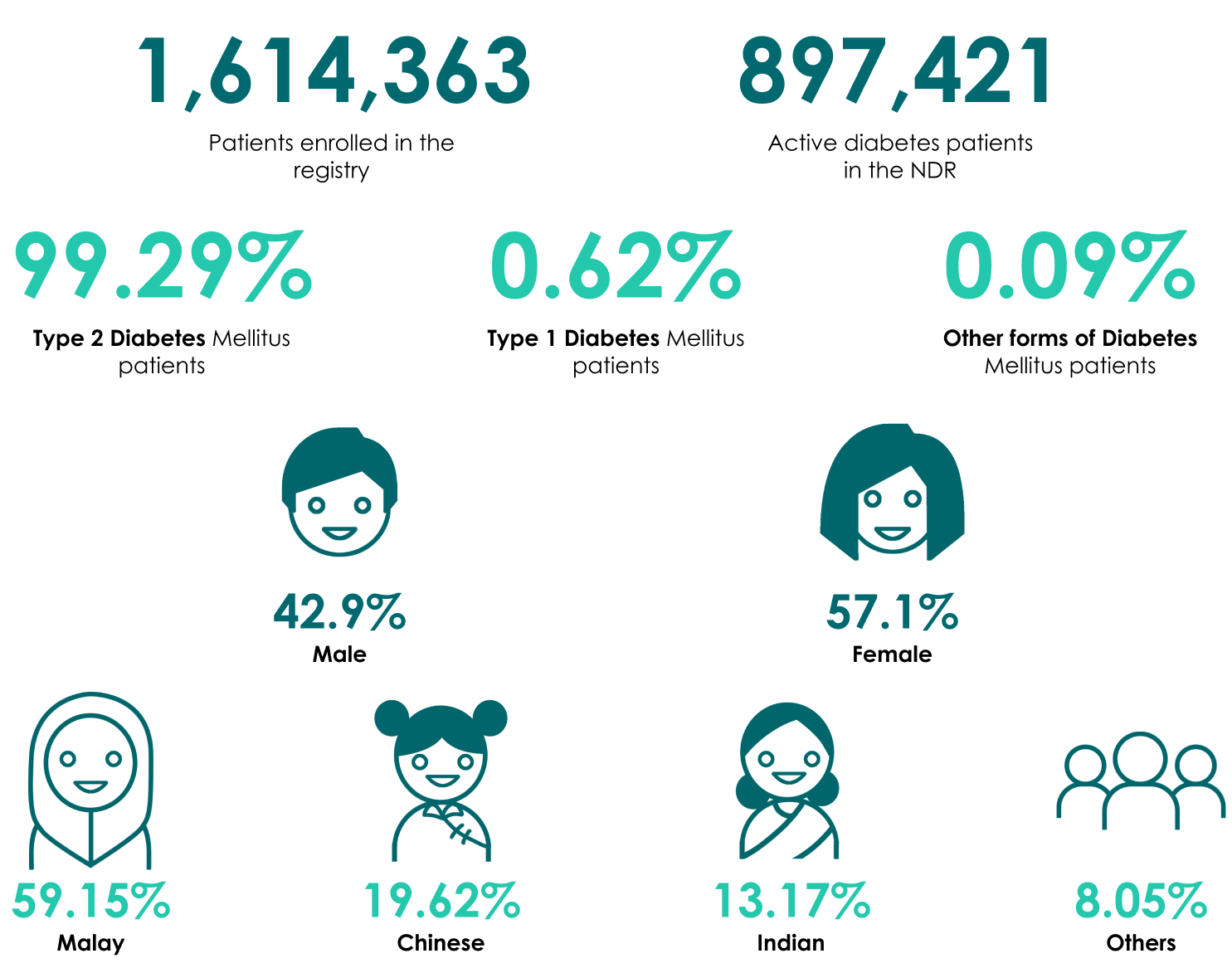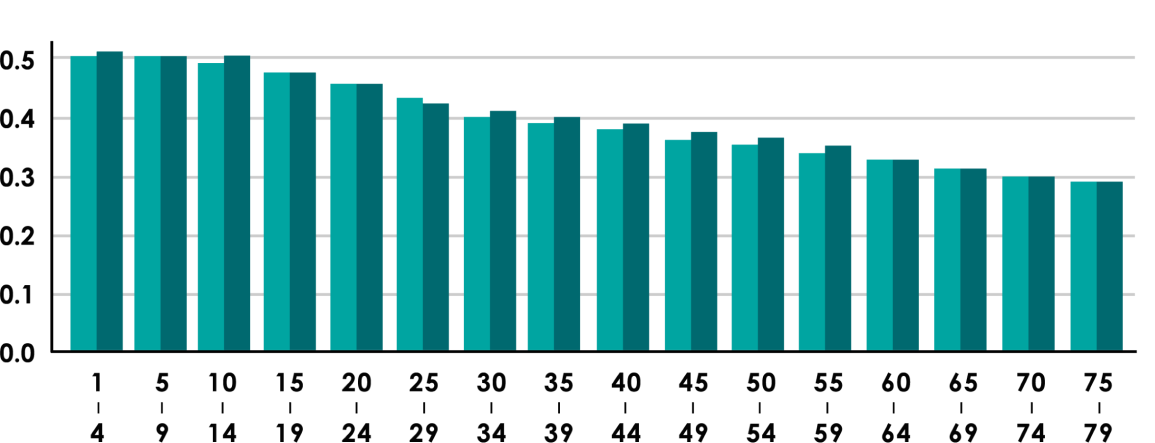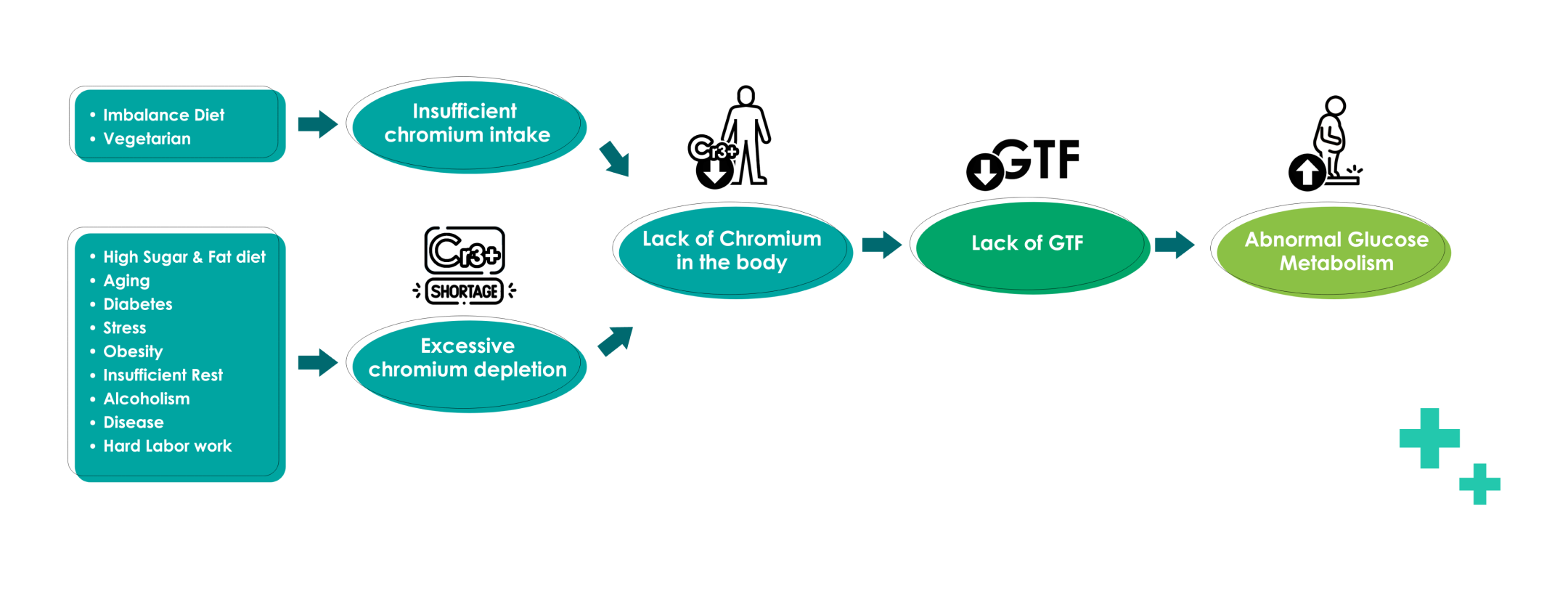
GLUDYNA’s Commitment to Your Health
In today’s fast-paced world, our lifestyles often lead us down a path of health challenges that can impact our well-being. Among these challenges, fatty liver, type 2 diabetes, weight gain, and insulin resistance stand out as significant concerns affecting millions around the globe. Fortunately, there’s a beacon of hope on the horizon in the form of the GLUDYNA supplement, which holds the potential to offer relief and transformation.
What is
Fatty liver refers to the content of fat in the liver, especially triglycerides, exceeding 5% of the total liver weight.
Mild fatty liver (5~10%). moderate fatty liver (10-25%), severe fatty liver (20-50%)
Fatty liver is divided into two categories (excluding disease factors) :

Alcoholic Fatty Liver Disease (AFLD)
Long-term drinking can cause alcoholic fatty liver, alcoholic fatty liver will develop into alcoholic liver disease, or even alcoholic liver cirrhosis.

Nonalcoholic Fatty Liver Disease (NAFLD)
Fatty liver which is not caused by alcohol drinking habit, it is common in patients with overweight or / and metabolic syndrome (insulin resistance diabetes, high blood pressure, high cholesterol and high triglyceride levels).
What are the symptoms of fatty liver disease?
People with fatty liver disease often have no symptoms until the disease progresses to cirrhosis of the liver. Here are some example of Symptoms of fatty liver disease:
Abdominal pain or a feeling
of fullness in the upper right side of the abdomen. (belly)
Nausea, loss of appetite or
weight loss.

Skin and scleral turn yellow.
(jaundice)
Swollen abdomen and legs.
(edema)

Extreme tiredness or mental
confusion.
Stages of Liver Disease

In Malaysia, the prevalence of NAFLD in the suburban population was 22.7%, and in patients with Type 2 Diabetes, the prevalence of NAFLD was almost 50%.
Nonalcoholic Fatty Liver Disease – Pathological Changes

Current Treatment 
has specific drugs for the treatment of fatty liver.

What is 
Type 2 diabetes is a chronic health condition where the body struggles to effectively regulate blood sugar levels. Unlike type 1 diabetes, which is often genetic, type 2 diabetes is typically linked to lifestyle factors like poor diet and lack of physical activity. When someone has type 2 diabetes, their cells don’t respond well to insulin, a hormone that helps sugar enter cells for energy, causing blood sugar to rise. Over time, high blood sugar can lead to serious health problems, but with lifestyle changes like healthier eating, regular exercise, and sometimes medication, it can often be managed effectively to maintain a balanced and healthy life.

Type 2 Diabetes Prevalence in the 

537 million adults (20-79 years) are living with diabetes. This number is predicted to rise to 643 million by 2030 and 783 million by 2045.

Over 3 in 4 adults with diabetes live in low-and middle-income countries.

Diabetes is responsible for 6.7 million deaths in 2021-1 every 5 seconds.

Diabetes caused at least USD 966 billion dollars in health expenditure-a 316% increase over the last 15 years.

541 million adults have Impaired Glucose Tolerance (IGT),which places them at high risk of type 2 diabetes.
Type 2 Diabetes Prevalence in the  :
:

1 in 11 adults (90 million) are living with diabetes.

The number of adults with diabetes is expected to reach 113 million by 2030 and 151 million by 2045.

Over 1 in 2 adults living with diabetes are undiagnosed.

USD 10 billion spent on diabetes in 2021.
Type 2 Diabetes Prevalance in Ministry of Health Malaysia

Which is in every 5 adults, I person suffers from diabetes, and the mortality rate of diabetes under the age of 60 is as high as 9.3%.
Experts also predict that by 2045, there will be 6.46 million adults in Malaysia suffering from diabetes. The prevalence of diabetes among those aged 20-79 will reach 19.6%.
In 2021, the first Malaysia Diabetes Index (MDI) shows that Malaysians do not fully understand diabetes and the complications it causes. More than half (52%) of the respondents did not know that diabetes is incurable, while 51% believed that diabetes is not difficult to control. Astonishingly, one in three patients (37%) was unaware of abnormal blood sugar readings.
Diabetes not only brings harm to the body, but also increases the economic cost, especially to the government. The government spends billions of ringgits every year to treat diabetic patients.

Diabetes Complications


Excess Insulin and Blood Sugar Lead to 
Belly Fat, also called visceral fat is especially dangerous because it causes the liver and other organs to become fatty and inflamed. Visceral fat also causes Insulin Resistance, so it becomes a “chicken and the egg” situation since Insulin Resistance also causes this belly fat to accumulate.
What is 
• Obesity
• Arterial disease
– Local: Heart disease or stroke
– Systemic: Type Il diabetes
• Hypertension
• Fatty liver
• Cancer
• Dementia (Alzheimer’s disease; also known as type 3 diabetes).

The Influence of Insulin Resistance in Fat Cells and Blood Sugar

Unraveling the Significance of GTF in Diabetes Management:
The Legacy of Walter Mertz
The late Walter Mertz, a renowned research scientist specializing in trace elements in human nutrition and a Science Hall of Fame inductee at the USDA, is celebrated for his groundbreaking discovery regarding chromium’s essential role in carbohydrate metabolism. Mertz’s profound insight led him to assert that Type II Diabetes is not a disease. It is the lack of a natural ingredient known as Glucose Tolerance Factor (GTF).
- An Insulin receptor coenzyme. Acts as a physiological enhancer of insulin activity.
- A compound composed of trivalent chromium, vitamins, amino acids, etc.
- Works with insulin to send blood sugar to every cell in the body.
- Binding to insulin and potentiating its action about 2 to 3-fold.
- Maintains the normal metabolism of carbohydrates in the body tissue cells.
Aging causes insufficient GTF in the body
From 0.5 ng/ml in early childhood to 0.3 ng/ml over 70 years old, other tissues such as hair and sweat have the same downward trend.


Other causes of insufficient GTF in the body


Can we get enough  from our diet?
from our diet?
- Chromium in grains, beans, and vegetables (broccoli) will combine with phytate (phytic acid) or dietary fiber, making chromium not easily absorbed.
- The soil is over-cultivated repeatedly, the fertilizer does not replenish enough trace elements / minerals, and the crops grown are also deficient in trace elements / minerals.
- Animal liver and human colostrum are good sources of chromium intake, but the liver has high cholesterol content and there are doubts about antibiotic residues.
- At present, the recommended daily intake of chromium has not yet been established in the world, but US ESADDI suggested 50 to 200 micrograms (mcg) in 1989.
- According to a survey conducted by Anderson et al. in 1992, in average a person’s daily diet contains only 15 micrograms of chromium per 1000 calories, so each person can only obtain an average of 20 to 40 micrograms of chromium per day, which is obviously insufficient for the recommended intake.
Elevate Your Future with GLUDYNA’s GalaChrom
Choose GLUDYNA’s GalaChrom, our exceptional nutrient, for a brighter, healthier future. Innovation and well-being converge in this unique formulation, elevating your vitality and lifestyle. Begin your transformative journey today with GLUDYNA and unlock the potential for a healthier, more vibrant you.
